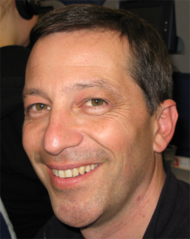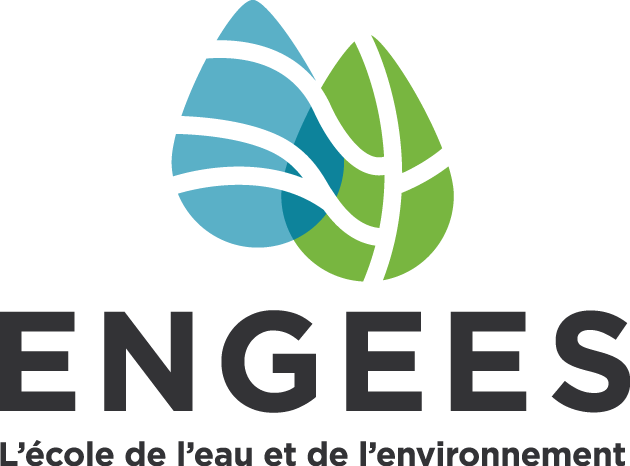I teach at the University of Strasbourg's Faculty of Geography in two main areas:
- Axis 1 deals with themes close to my own research. It covers problems linked to energy production and its consequences on climate change and air pollution, as well as the strategies to be implemented. It is a first-year Master's course entitled "Air, Climate, Energy".
- Axis 2 focuses on statistics and mathematics applied to geography. It comprises three statistics courses (in the second and third years of the Bachelor's program and in the first year of the Master's program) and one mathematics course (in the second year of the Bachelor's program).
Thesis spervision:
In preparation :
Guevara, M.:, Integrated assessment of energy strategies and their impact on air pollution, Thesis from université de Strasbourg.
PhD director: Prof. A. Clappier.
Finished:
Cuéllar Álvarez, Y.,2022: Desarrollo de una nueva metodología de evaluación integrada para diseñar y seleccionar las mejores estrategias de reducción de las emisiones del transporte urbano de pasajeros, Thesis from universidad nacional de Colombia (Bogota).
Madrazo, J., 2018: Alternative Methods for Assessing Air Quality and Energy Strategies for Developing Countries: A Case Study on Cuba, Thesis from EPFL n° 9010.
Minarova, J., 2017: Extreme precipitation in low mountain ranges in central Europe: a comparative study between the Vosges and the Ore Mountains, Thesis from Strasbourg University.
Kohler, M., 2015: Assessement of building energy requirements: added value of the use of the urban climate modeling, Thesis from Strasbourg University.
Mauree, D., 2014: Development of a multi-scale meteorological system to improve urban climate modelling, Thesis from Strasbourg University.
Sajjad, S. H., 2013: Observation and modelling approaches to study urban climate: Application on Pakistan, Thesis from Strasbourg University..
Ho, Q. B., 2010: Optimal methodology to generate road traffic emissions for air quality modelling: Application to Ho Chi Minh City, Thesis from EPFL n° 4793.
Ho, M. D., 2010: Air pollution from road traffic in Ho Chi Minh City: Estimation of air pollutants emission factors and air quality modeling, Thesis from the Vietnam National University in HCMC n° 62.85.10.01.
Krpo, A., 2009: Development and application of a numerical simulation system to evaluate the impact of anthropogenic heat fluxes on urban boundary layer climate, Thesis from EPFL n° 4428.
Rasheed, A., 2009: Multiscale modelling of urban climat, Thesis from EPFL n° 4531.
Belalcazar, L. C., 2009: Alternative techniques to assess road traffic emissions, Thesis from EPFL n° 4504.
Luong Van Viet, 2009: Studying the effect of urbanization on the atmospheric boundary layer, testing in Ho Chi Minh City, Thesis from the Vietnam National University in HCMC n° 62.85.15.01.
Muller, C., 2007: Improvement of an urban turbulence parameterization for meteorological operarational forecast and air quality modeling, Thesis from EPFL n° 3766.
Zarate, E., 2007: Understanding the origins and fate of air pollution in Bogota, Colombia, Thesis from EPFL n° 3768.
Roulet, Y.-A., 2004: Validation and application of an urban turbulence parameterization scheme for mesoscale atmospheric models, Thesis from EPFL n° 3032.
Junier M., 2004: Gas phase chemistry mechanisms for air quality modeling: generation and application to case studies, Thesis from EPFL n° 2936.
Martilli, A., 2001: Development of an urban turbulence parameterization for mesoscale atmospheric models, Thesis from EPFL n° 2445.






